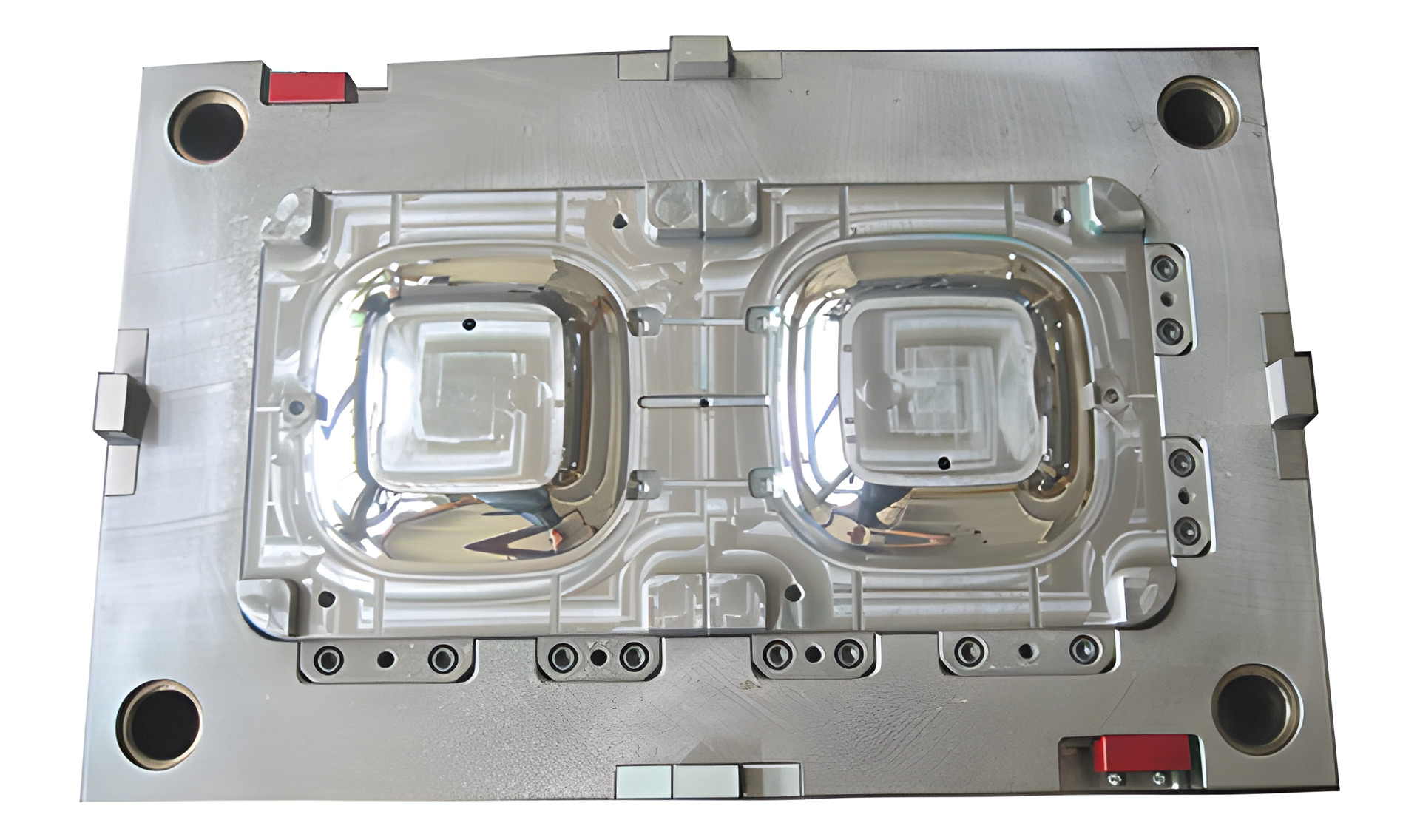Manufacturers across various industries face a crucial decision when selecting between Metal Injection Molding (MIM) and Die Casting for producing metal parts. Both processes offer distinct advantages and limitations, making it essential to understand their characteristics before making a choice. This article provides an in-depth comparison of MIM and Die Casting, covering their processes, applications, benefits, and drawbacks.
MIM is a manufacturing process that combines the flexibility of plastic injection molding with the strength and durability of powdered metallurgy. It involves mixing metal powder with a polymer binder to create a feedstock, which is then injected into a mold. The molded part undergoes a debinding process before being sintered at high temperatures, resulting in a fully dense metal component.

Complex Geometries: MIM allows for intricate and detailed part designs that may be difficult to achieve using traditional metalworking techniques.
Die Casting is a high-pressure metal casting process in which molten metal is injected into a steel mold (die). This method is commonly used for producing non-ferrous metal components, such as those made from aluminum, zinc, and magnesium.

| Feature | Metal Injection Molding (MIM) | Die Casting |
| Best for | Small, complex parts | Large, high-volume parts |
| Material Types | Steel, titanium, nickel alloys | Aluminum, zinc, magnesium |
| Tolerance Precision | High (±0.3%) | Moderate (±0.5%) |
| Surface Finish | Smooth, fine detail | Smooth, may need finishing |
| Production Volume | Cost-effective for high-volume runs | Suitable for both low- and high-volume runs |
| Mechanical Strength | High | Moderate to high |
| Tooling Longevity | Moderate (150K-300K shots) | High (1M+ shots) |
| Porosity Risk | Low | Moderate to high |
| Setup Cost | High | High |
| Material Waste | Minimal | Some scrap generated |
If your project requires small, intricate, and high-strength components.
When using high-performance alloys that cannot be easily die-cast.
When minimizing post-processing is essential.
If you need to produce large parts in high volumes.
When working with aluminum, zinc, or magnesium.
If cost-effectiveness and production speed are top priorities.
Both Metal Injection Molding and Die Casting are valuable manufacturing processes with distinct advantages. The choice between them depends on part size, material requirements, production volume, and cost considerations. Understanding their differences enables manufacturers to select the most suitable method for their application.
At AAA Mould , we offer expert guidance in both MIM and Die Casting to help you achieve optimal results for your project. Contact us today to discuss your manufacturing needs and explore the best solution for your product development!